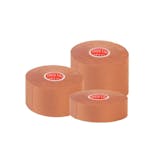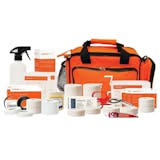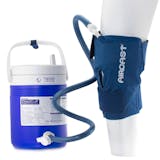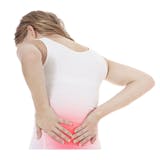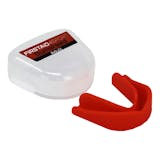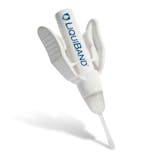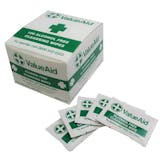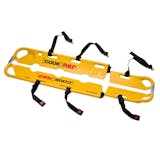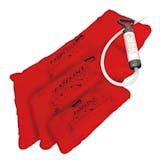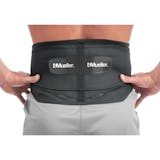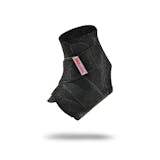Trochanteric Bursitis Hip
What is Trochanteric Bursitis Hip?
Trochanteric bursitis hip, is an overuse injury at the hip which is common in runners. Bursitis is a trochanteric (trochanteric refers to either of two knobs at the top of the femur, serving for the attachment of muscles between the thigh and pelvis.) hip bursitis condition. Bursitis is a condition which can affect many joints within the body. The term “Bursitis” refers to any inflammation of a bursa. a small fluid-filled sac or sac-like cavity situated in places in tissues where friction would otherwise occur. Bursae function to facilitate the gliding of muscles or tendons over bony or ligament surfaces. There are numerous bursa’s around the hip joint, however, most commonly injured is the Trochanteric bursa located on the outside of the hip, towards the back – over the greater trochanter (a bony lump at the back of the hip joint) preventing friction between the greater trochanter and the IT band which lies over the top.Symptoms
Common symptoms include pain on the outside of the hip which is worse after exercise / use. This pain can continue for up to a few days afterwards. The pain sometimes travels down the outer thigh and it is often tender to press around that back of the hip. As well as exercise, climbing stairs and laying on the effected side may cause discomfort or pain.Causes
Trochanteric bursitis hip is frequently caused by overuse and ongoing friction, often caused by poor functioning biomechanics for this reason it is an injury often seen in runners. Occasionally it can be caused by a sudden impact to the hip such as a fall more common in contact sports or skiing. As is commonly the case with joint issues, hip bursitis is more common in women due to having a wider pelvis, this causes a biomechanical difference in running pattern when compared to men which tends to result in a knock-kneed appearance known as hip adduction (this is where the hip allows the thigh and knee to fall inwards). This injury can also be suffered by men! It is not exclusive to women, just more common! Reduced hip abduction when running caused by a weakness in the hip abductor muscles tends to result in an increase in tension in the IT band, which, as discussed lies over the top of the trochanteric bursa. An increase in tension here can result in additional compression and so friction on the bursa, thus causing the bursa becomes inflamed! There are other factors which can contribute to the development of this condition, such as over-pronation or leg length differences.Treatment
Treatment of trochanteric bursitis hip should as usual focus on resting and reducing inflammation, followed by correcting the cause of the injury. Apply the PRICE protocol. If you suspect this injury is the cause of your pain, rest from sport and seek medical attention from a sports injury specialist.- Anti-inflammatory medications on a short term basis
- Stretching and foam rolling the IT band
- They may also perform myofascial release to the ITB
- Some therapists may use acupuncture which can be effective
- Hip abduction exercises such as the clam
- Gait analysis is often a good idea to check running shoe suitability
- Non-weight bearing exercises can be performed to maintain fitness
- Returning to exercise only once pain free.


